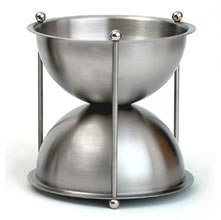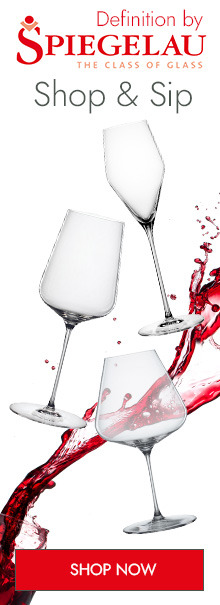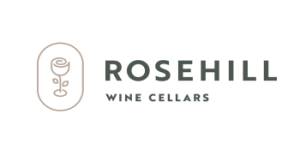What I learned while hosting a blind tasting (wine taste challenge) with foodies.

Wine tastings are not about drinking lots of wine per se, but rather more about smelling and experiencing the subtle flavours present in each glass. Sommeliers taste wine in four distinct phases. First they visually inspect the liquid, and then they smell it to try and identify aromas through orthonasal olfaction (breathing through your nose). Then they experience it on the tongue and then in the back of the mouth. Wine tastings educate people on how to think and speak and how to remember the wines they taste.
While there are many thousands of wine reviews published online, and many posts about how to taste wine, there is surprisingly little documentation about how to properly host a wine tasting event. This entry outlines the task of designing and executing a successful Tasting.

Wine Tastings are Experiential
On some level, no matter how exotic the setting, or how impressive the exhibitors, a social gathering centered on wine is an experiential marketing event. Any occasion in which the participants experience something new for the benefit of a sponsor, whether it’s a venue, a wine related publication or a wine producer or distributor, some experiential marketing concepts can be applied.
When making experiential attractions, the goal is usually to give consumers, especially the target audience, a chance to engage with your brand in a manner that makes powerful memories. Organizers should select scenic venues where attendees can make Instagram-shareable moments. If geography or local scenery doesn’t accommodate, consider renting or constructing your own unique attractions and buying or making pop-up banners that have the event name, or the brand name or both visible behind the bar to give folks a title and context for their Insta-posts.
Upscale wine tastings by contrast are often set in stylish venues with great ambiance and high quality appetizers and soft music. These are also social events. They’re set-up to make interacting with others easy as its proven that most wine lovers prefer to acquire knowledge in a social context.
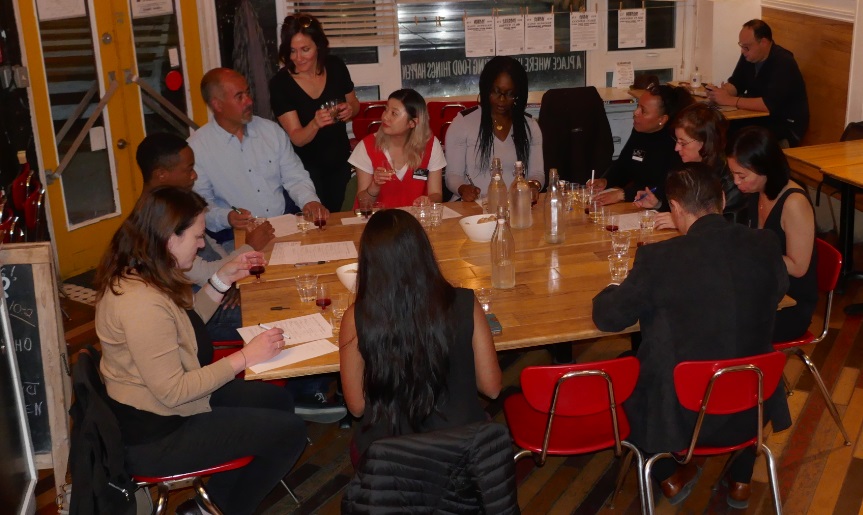
Set the Tone with a Brief Introduction
Wine tasting sessions are the most fun when they’re not taken too seriously. Hosting such an event is great way to do something classy and different with your friends. The snob who wants to educate everyone should be balanced out by the clown who wants to make everyone laugh, and this article discusses invitees below. But most tastings do have a knowledgeable patron or a wine sommelier who shares their wisdom at the start of the event to give all participants some backstory and provide some context for their upcoming taste experiences.
A sommelier, or wine steward, is a trained and knowledgeable wine professional who generally works in fine dining restaurants and who specializes in all aspects of wine service as well as wine and food pairing. Their role in fine dining today is much more specialized and informed than that of a wine waiter and they are usually great fun at wine tastings.
The opening introduction should set up the theme of the event as well as introduce the wines. We used the opening speech to inform our guests that one wine in the flight was priced equal to the other three combined, and we asked them to try and identify this vintage, (nobody could incidentally), and we gave away wine racks as prizes to the best taster.
What is the theme of your wine tasting event?
Probably the very first thing to discuss with regards to hosting a wine tasting party is deciding what kinds of wines you want to sample, and then set parameters, a motif and theme accordingly. There’s no right answer that will please all your guests, or lead to a perfect party, but here are some suggestions.
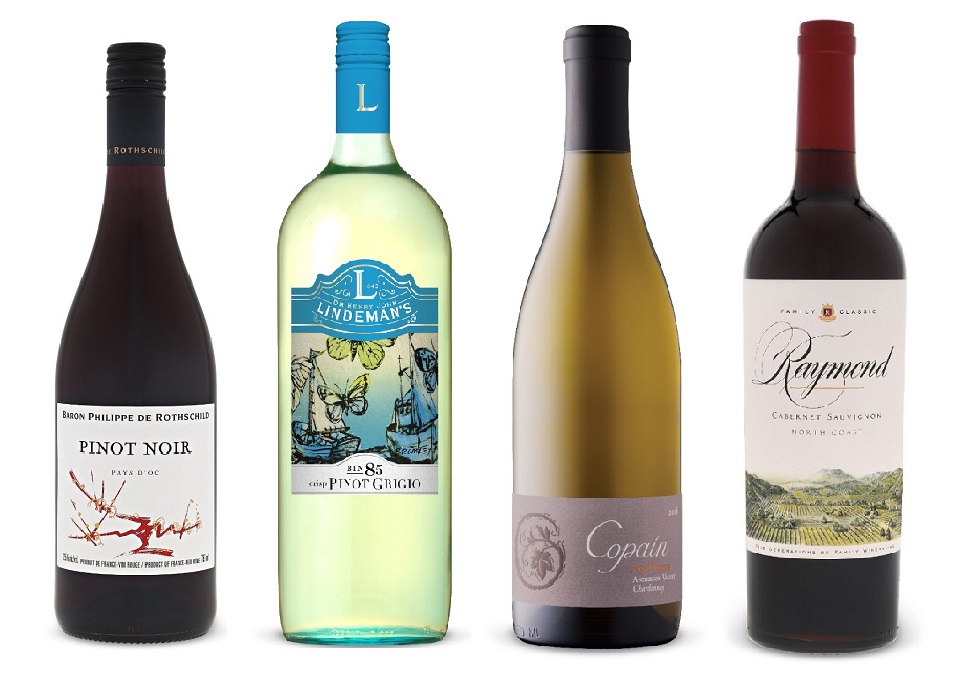
Wine Regions Theme: The vast majority of wine tastings select beverages based on geography and grape. They tend to sample different winemakers’ products from one region, such as Niagara, Okanagan Valley, Santa Barbara wine country, Willamette Valley, or remote locations like France, New Zealand and Chile. This is generally popular because the winemakers in those regions have marketing budgets to host such events and because they are quite successful at raising awareness and amplifying sales at LCBO, and through wine distributors to restaurants.
Vintage theme: A wine vintage is the year in which the grapes were harvested. A wine’s vintage can greatly affect the taste and quality, primarily because of the weather that affects the vines throughout the growing season. Our own Oct 2019 wine tasting was a semi horizontal taste test wherein we decided to taste wines produced in 2018 from all over the world. Originally the idea was to taste our friends’ favourite wines, but when we went to our local LCBO we found they were not available so we improvised and changed the theme.
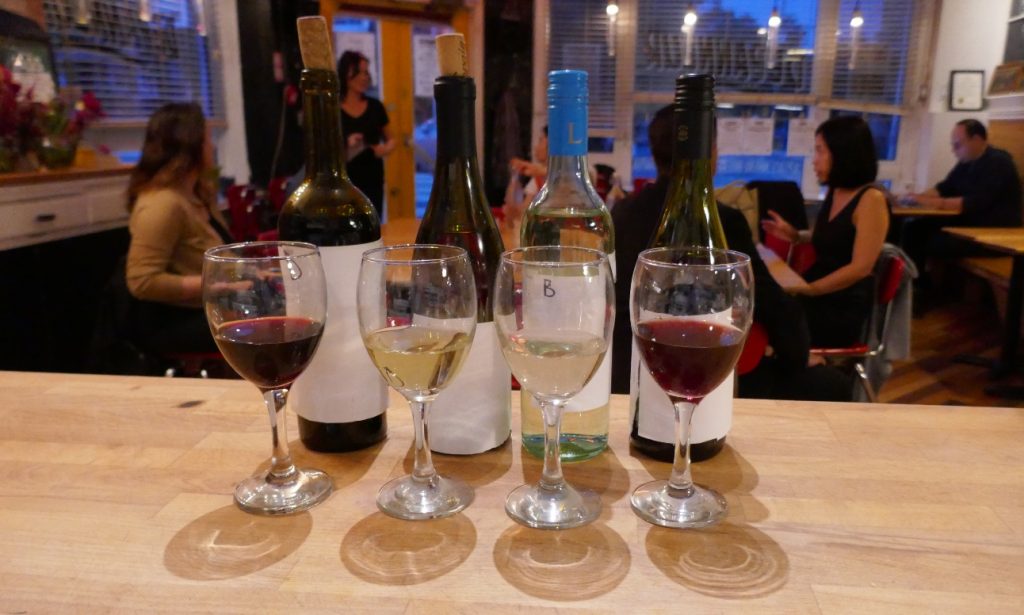
Taste Theme – No two wines are the same even if they originate from the same grape in the same region. One popular idea is to organize tastings exclusive to one particular grape, or a type of wine, or perhaps the same varietals but produced in different parts of the world; like selecting only Cabernet Sauvignon, but opening bottles produced in Napa Valley, France, and Argentina.
Colour Themes – Reds, Whites, Rose. Many tastings sample only reds, whites, sparkling wines, or dessert wines. Just remember that dessert wines tend to be sweeter and may be more difficult to taste in such formats.
Producer Themes – Do a tasting by winemaker? For example, if you really like Robert Mondavi, Cake bread, Stag’s Leap, or Duckhorn wine. Such selective tastings are usually sponsored by the winemaker.
Proper lighting and white table cloths
One necessary ingredient that our tasting event lacked (because I had not seen the venue in advance) was white tablecloths or even white napkins. Such a simple thing is entirely necessary to help guests see the color profiles of the wines. Colour is a very important determinant when it comes to tasting and appreciating wine. Our big round table had a wooden surface and this made it harder to see the shades. I witnessed guests using the white backs of their paper score cards to see the colour.
Refrigerate the whites and open the reds right away. In our event the wines arrived late and so they were not properly prepared in advance. An aerator or decanter for red wine can help bring out the flavors, but simply putting the Copain in the fridge or freezer for few minutes before opening would have helped its taste presentation.
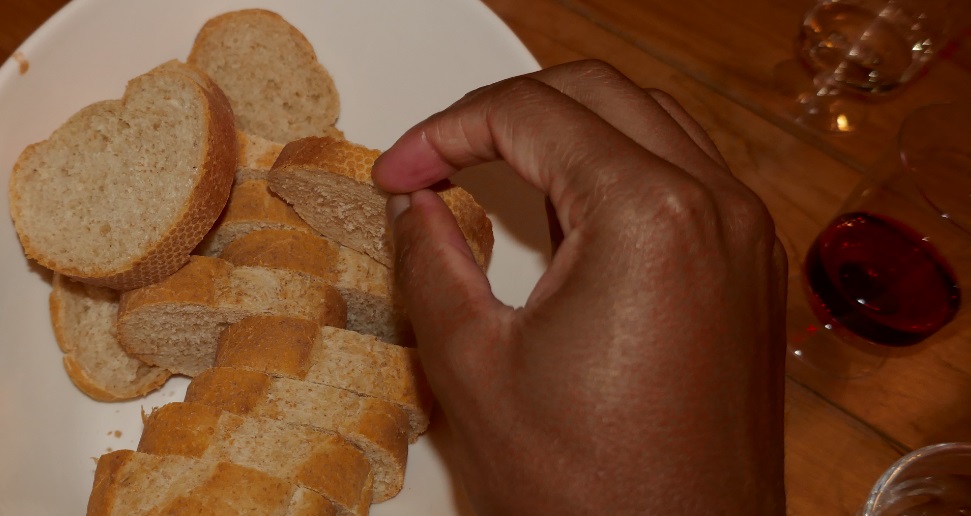
Major venues have proper wine fridges near the dining room and if you’re researching establishments in which to host your event this would certainly be something to inquire about, a check-box on your checklist.
Bread is required quench the tongue and erase the flavour of the last wine from tasters’ mouths. Believe it or not, plain white bread or crusty french bread is considered by most sommeliers to be the best way to cleanse a palate because of its simple starchy flavor. It works well at absorbing the flavors from the previous wine as it brings mouths back to neutral
Soda Crackers, due to their plain taste, work similarly to bread for palate cleansing. Resist the temptation to lay out dips alongside these bare offerings. Avoid putting anything out on the table that will interfere with the wine flavors (and yes this includes cheese).
Pineapple – There are some fruits that are said to have palate cleansing properties and by all accounts pineapple works particularly well because of its dry, acidic quality. The juice combats the tannins in the wine and keeps them from overlapping.
Don’t forget the basics. Put out napkins and at least one garbage can and regularly clean-away half consumed glasses of wine. Put out cups of ice water for your guests as well as a pitcher of water for the table. Make sure people have pencils, scrap paper, bread or biscuits. There should be some food on the menu after the event least everyone get too inebriated. You might consider buying or renting silver spittoons for more high volume tastings.
The best spittoons are made of silver which forgives everyone involved because of their semi-precious composition. Rosehill Wine Cellars distributes authentic Oenosablier spittoons which are laser signed L’Oenosablier as a mark of authenticity. The spittoon is designed for wine professionals and connoisseurs and is available in three styles. Because of its universally recognized classic style, the Oenosablier wine spittoon easily and quickly transforms an ordinary meeting into a professional tasting event. Read more on How to furnish your wine tasting room, on our blog.
Cover the bottles properly if you’re conducting a blind wine tasting then have something more artful that a brown paper bag made-up to cover the label. Our tasting used white paper that was applied with Scotch tape and it looked rather crummy.
Prepare a tasting grid to help guests mentally separate flavours
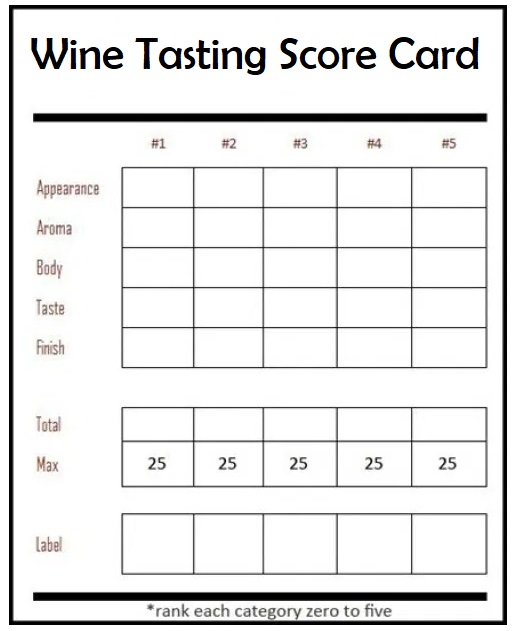
A tasting grid can help your guests identify the flavors of the wine and easily record their first impressions. The wine tasting score card template you see on the right can help guests track each wine’s appearance, aroma, body, taste and finish. If you assign each category five points then you have scores out of twenty-five total points
There are other more advanced wine tasting grids available online that allow tasters to list individual wine characteristics based on visual, aromatic, and specific flavour information. Trained tasters use the grid as a system to mentally separate aromas and tastes and they can be handy in taste test challenges to help reveal the identity of a wine. On some level, the grid is not only good for blind tasting, it’s also essential to understanding what makes great wine.
Invite enthusiastic guests
The ideal number of guests for a proper wine tasting is between six to twelve people. If you have a nice big dining room table, invite enough people so that they can comfortably stand around it. You don’t want any extra people leaning over the group and making everyone feel uncomfortable. If you really want to be formal and fancy about it, you can send out nice invitations or evites and theme is important for that greeting.

You should try to invite people who have a similar knowledge about wine. If everyone knows almost nothing, then that’s fine, but you want to avoid the awkwardness of having just one person who knows absolutely nothing, or that one guy who is Mr. Wine Expert and tries to educate everyone else at great length.
If you’re doing marketing for a winery you might consider making pragmatic experiences. Consumers like physically interactive events such as “create your own label” or hand picking grapes or other “hands on” exercises to facilitate further brand engagement.
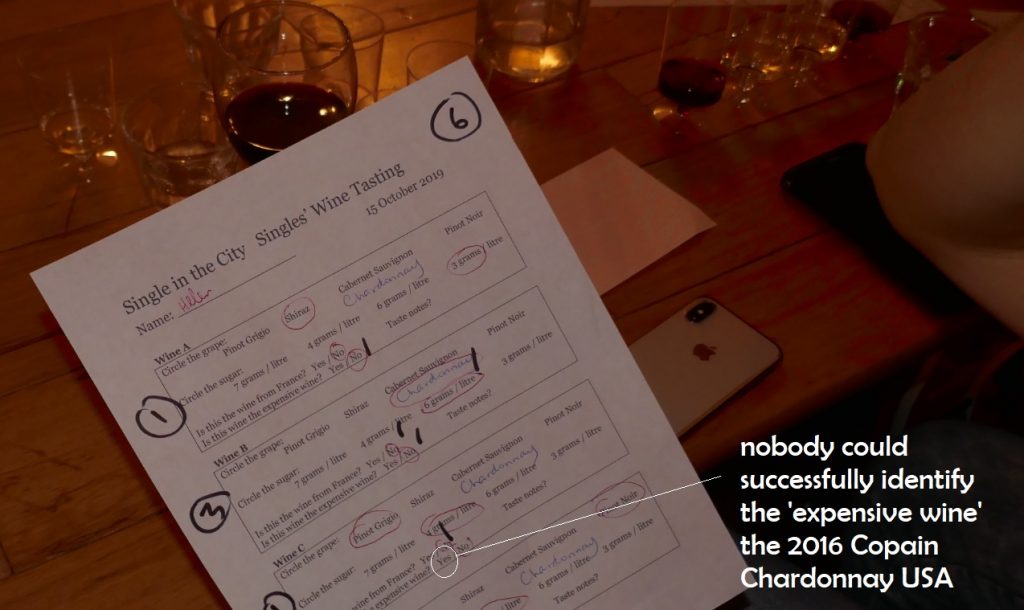
Wine Societies Are Built Around Wine Tastings
If you’re interested in attending more upscale wine tastings then the best advice is to seek out and join wine clubs in your area. A quick Google search will show all manner of communities that routinely meet and are always eager to grow their membership. Sometimes these meetings invite the winemakers themselves to attend tastings and speak on their products. This is a great, if biased, way to taste their wines. It’s also very educational as the producers are often keen to give detailed accounts of production specifics to tasters who ask the right questions.
Some people have a remarkably good memory for tastes and these folks can sometimes even pinpoint the origin of a wine as well as the variety of grapes that have been used to make it. Most people cannot do this. The important thing to remember is that anyone can be a good wine taster, as long as they have an unimpaired sense of smell and taste and are prepared to concentrate on the experience.

